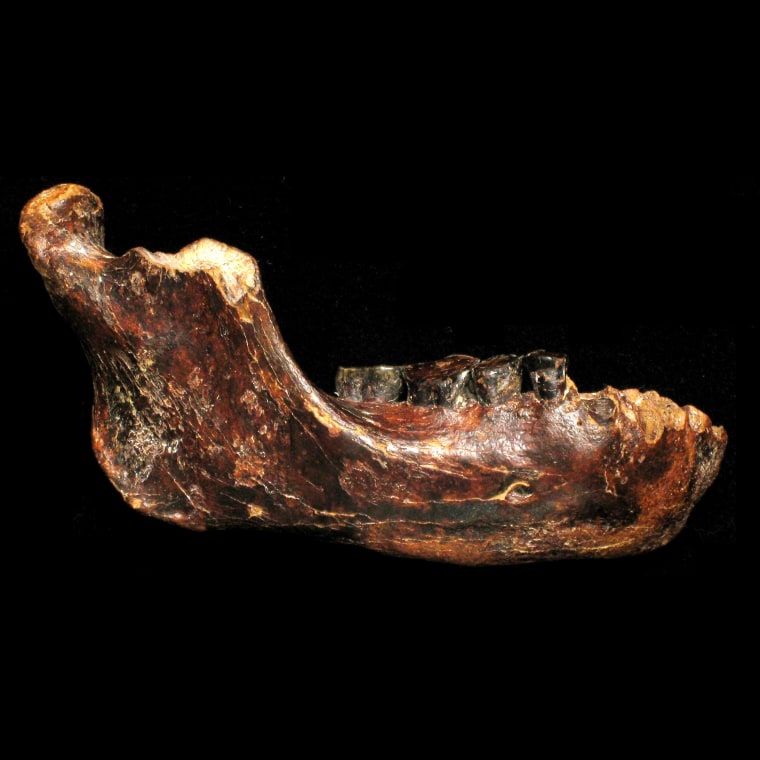An ancient human fossil discovered from the seafloor near Taiwan reveals that a primitive group of humans, potentially an unknown species, once lived in Asia, researchers say.
These findings suggest that multiple lineages of extinct humans may have coexisted in Asia before the arrival of modern humans in the region about 40,000 years ago, the scientists added.
Although our species, Homo sapiens, is the only surviving human lineage, others once walked the globe. Extinct human lineages once found in Asia include Neanderthals, the closest extinct relatives of modern humans; Denisovans, whose genetic legacy may extend from Siberia to the Pacific islands of Oceania; Homo erectus, the most likely ancestors to modern humans; and the hobbitlike Homo floresiensis, who lived in Indonesia. These all are hominins — the group of species consisting of humans and all their relatives after the split from the chimpanzee lineage. [The 10 Biggest Mysteries of the First Humans]
Now, scientists have revealed the first ancient human fossil — a nearly complete right side of a lower jaw with primitive-looking teeth — to be found in Taiwan.

The fossil was dredged by a fishing net from the seafloor about 200 to 400 feet (60 to 120 meters) below the surface of the Penghu Channel, located about 15.5 miles (25 kilometers) off the western coast of Taiwan. The channel was part of the Asian mainland during the last ice age, when sea levels were lower.
An unknown fisherman sold the fossil, now dubbed Penghu 1, to a local antique shop. A local collector later submitted Penghu 1 to Taiwan's National Museum of Natural Sciences after the researchers noticed its significance.
Analysis of trace elements in Penghu 1 suggests the hominin probably lived between 10,000 and 190,000 years ago. The jaw and its teeth look unexpectedly primitive for this age, the researchers said. During the Pleistocene Epoch, which lasted from about 2.6 million years ago to 11,700 years ago, humans generally evolved smaller jaws and teeth, but the new fossil from Taiwan appears larger and more robust than older Homo erectus fossils from Java and northern China.
The researchers said Penghu 1 does resemble a 400,000-year-old fossil from Hexian, in southern China. The scientists suggest these fossils together represent a distinct group of archaic humans, although they caution that they do not yet have enough evidence to say whether it is a new species or not.
The scientists detailed their findings online on Tuesday in the journal Nature Communications.
— Charles Q. Choi, LiveScience
This is a condensed version of a report from LiveScience. Read the full report. Follow Live Science on Twitter, Facebook and Google+.